£22.52
Uncovering Celtic Mythology: A Beginner’s Guide Into The World Of Celtic Myths, Fairy Tales, Folklore, Warriors, Celtic Gods and Creatures (Ancient History Books)
In 58 BCE, when Julius Caesar – the famous Roman general – wrote a commentary on the Gallic wars, he described the “Celt” speaking people who lived in the area then known as the Gaul.
These people had their own culture, gods, and beliefs – called Celtic Mythology – which were very different from the Romans.
The influence of this mythology, however, was not limited to a small territory. This culture spread across Europe, especially to the western nations of Britain, Ireland, France, and Spain.
The legacy of Celts is still alive, and you may even have encountered these traces of Celtic culture:
- The languages spoken by modern-day Irish, Scottish, and Welsh people
- King Arthur and the Knights of the Round Table
- The legends and pop-culture depictions of the shrieking spirit of Banshee
- Conan the Barbarian, a very famous character appearing in films as well as comics
- Bran Stark, from Game of Thrones, who becomes the Three-eyed Raven
The above examples are just a handful of successors from the ancient Celtic culture, and the last two draw direct inspiration from Celtic mythology.
And there’s even more from where those came from…
In Uncovering Celtic Mythology, you will discover:
- A comprehensive, beginner-friendly guide to understanding the world of Celtic Mythology
- The origins and culture of the Celtic people that inhabited Western Europe since the Iron Age
- Symbolisms and Beliefs: explore creation myths, sacred trees, sacred festivals, and more!
- Irish and Welsh Mythologies (and how they continue the folkloric traditions of the Celts)
- The Great Cycles – relive the 4 great sagas that form the mythological history of Ireland’s Celtic people
- A curated collection of folktales that form an important part of Irish and Welsh mythologies
- 50+ character profiles – enjoy a lively cast of well known mythical heroes, gods, and goddesses
- Over 30 different creatures – legendary monsters and mythical beings – waiting for you
- How the Legend of King Arthur links with Celtic Mythology
And much more.
The Celtic culture, practices, beliefs, and myths are not just records of a bygone era… They are also examples of resilient traditions that continue to inspire mankind even in modern times.
If you want to explore the magical myths of Celtic Mythology – and have fun while doing it – then scroll up and click “Add to Cart” right now.
| Dimensions | 13.97 × 1.52 × 21.59 cm |
|---|---|
| ASIN | B09SWQ8FPP |
| Publisher | Independently published (19 Feb. 2022) |
| Language | English |
| Hardcover | 163 pages |
| ISBN-13 | 979-8419465411 |
| Dimensions | 13.97 x 1.52 x 21.59 cm |
10 reviews for Uncovering Celtic Mythology: A Beginner’s Guide Into The World Of Celtic Myths, Fairy Tales, Folklore, Warriors, Celtic Gods and Creatures (Ancient History Books)
Related products
The Roman Revolution: 1 (The Fall of the Roman Empire)
£11.99It was a time of revolution.
The Roman Revolution describes the little known “crisis of the third century”, and how it led to a revolutionary new Roman Empire. Long before the more famous collapse of the Western Roman Empire in the fifth century, in the years between AD 235-275, barbarian invasions, civil war and plague devastated ancient Rome. Out of this ordeal came new leaders, new government, new armies and a new vision of what it was to be Roman. Best remembered today is the rapid rise of Christianity in this period, as Rome’s pagan gods were rejected, and the emperor Constantine converted to this new religion. Less well remembered is the plethora of other changes that conspired to provide an environment well suited to a religious revolution. Drawing on the latest research, Nick Holmes looks for new answers to old questions. He charts the rise of the Roman Republic and the classical Roman Empire, examining the roles played by sheer good luck and the benign climate. For example, he emphasises the unexpected death of Alexander the Great and the subsequent weakness of the Greek successor states as the ideal political environment for Rome’s expansion. But Rome’s good fortune did not last. The rise of Sasanian Persia, the growing strength of the German barbarians, and the brutal effects of the Antonine plague caused the near collapse of the Roman Empire in the third century. Focusing on the reigns of the critically important but under-researched emperors in the third century, such as Aurelian, Diocletian and Constantine, he vividly brings to life how Rome just escaped catastrophe in the third century, and embarked on a journey that would take it into a brave new world – one which provided the foundations for modern Europe and America. This book is the first of a multi-volume series that will chart the full course of the Fall of the Roman Empire from the third century AD to the seventh. The second book, The Fall of Rome, continues the story of Rome’s decline up to the sack of Rome by Alaric the Goth in AD 410. The third book, Rome and Attila, covers the period from AD 410 to the western empire’s final demise in AD 476. Further books will look at the Roman reconquest of Italy and North Africa under the Emperor Justinian in the sixth century, followed by the rise of Islam and the demise of the Eastern Roman Empire in the seventh century.The Sumerian Civilization: An Enthralling Overview of Sumer and the Ancient Sumerians (History of Mesopotamia)
£10.49Ancient Mesopotamia’s legacy was truly revolutionary. Childlike pictures scratched into wet clay evolved into the first written language. The Mesopotamians wrote the first epic poems, the first hymns, the first histories, and the first law codes. They developed the first wheel for transportation; simple carts that hauled bricks or produce morphed into chariots racing along at thirty-five miles per hour.
They gazed at the sky and mapped it, observing the planets’ retrograde motions and predicting lunar and solar eclipses. They developed the concept of time, measurements, basic counting, higher math, and hydraulic engineering.
Mesopotamia gave birth to the world’s first great empires—the Akkadians, Assyrians, Babylonians, and Achaemenids—which stretched over three continents.
A glimpse at the questions this overview unpacks includes:
- How old is the world’s first city?
- How did the Eridu Genesis compare to Noah and the ark?
- How fast was the world’s first postal system?
- How many times did Babylon’s patron god Marduk get stolen?
- How did Hammurabi’s law code compare to the Law of Moses?
- Who calculated pi (π) to the value of 3.125 and understood the Pythagorean theorem twelve centuries before Pythagoras was born?
- Did Xerxes really have a million men in his army?
- Which empire encompassed 44 percent of the world’s population?
- What eunuch poisoned most of the Persian royal family?
- And much, much more!
Scroll up and click the “add to cart” button to learn the stories of incredible ancient Mesopotamia!
Norse Paganism & Mythology Ultimate Collection 3:1: Be transported into the world of Viking culture and history. Discover the magic and mysticism of … & How to Incorporate into Your everyday life)
£28.30Suspend your disbelief and embark on a journey through time and space, stepping into a world of Norse magic, paganism, runes, mythology, and mystery.
Have you always been fascinated by Norse mythology and its myriad of powerful gods—including Odin, Thor, Loki, Freya, and Baldur?
Have the Norse runes always mystified you, and would you love to know more about their history, symbolism, and usage?
Would you like to harness the power of Norse magic, rites, and rituals so you can connect with the extraordinary Norse gods and goddesses?
If so, look no further. Norse Magic, Runes & Mythology is the ideal guide that will take you through the past and present of the mysterious, fascinating, symbolic world of Norse paganism.
Norse practices, rites, and rituals are far from limited to a bygone era.
Rather, the knowledge they contain has been passed on from generation to generation, and you, too, can harness the power of Norse magic in your daily life.
Norse Magic, Runes & Mythology contain a perfect blend of information about myths, realms,gods, and practical information on how to apply Norse magic in your life to guide you and assist you in achieving your goals.
Within its pages, you will find
● An introduction to Norse magic featuring information on Odin’s tale of sacrifice, the nature of magic, and the power of language.
● Engaging information on Norse cosmology and the history of the world—from the Ginnungagap to the creation of the Nine Realms and the importance of the World Tree.
● The enigmatic gods and goddesses who shaped an array of worlds and resided in them—including the Æsir (such as Odin and Frigg) and the Vanir (Nerthus and Kvasir).
● Norse paganism—its characteristics, beliefs, and rituals—and how you can practice it and harness its power.
● The runes—their history, symbol, meaning, and usage. Discover how to cast, bind, and store runes.
● The key elements of Norse magic—including seiðr, spá, and galdr, plus key information about domestic and healing magic.
● Powerful Norse rites you can practice today—such as prayer and offerings, blót, Sumbel, and naming and wedding ceremonies.
If you always thought that Norse magic belonged exclusively to the Gods, think again. Magic was and continues to be part of the Norse pagan community, and you can use it to divine the future, ask the Gods for something you desire or lend tradition and beauty to ceremonies such as your wedding.
Plus, as a bonus, you will get Guide to Norse Paganism & Guide to Norse Pagan Holidays; in these, you will discover…
- A detailed guide to what it takes to be a Norse Paganist – explore the world of Norse traditions, beliefs, mystical practices, and more
- Elves, dwarves, trolls, giants, and many magical creatures and monsters in a comprehensive Norse bestiary
- The cycle of birth and death and how it shaped the Viking culture
- How to practice your beliefs while living in modern times – discover a complete framework to becoming a Norse Pagan
- A comprehensive guide to celebrating Norse paganism – explore the festivities of nature, people, and magic deeply rooted in Norse customs throughout the year
And much more…
All this is just the tip of the iceberg. Within the Norse traditions, you’ll find a more profound and meaningful way to live your life.
Its refreshing and liberating ways allow you to unlock your spiritual, physical, material, and emotional potential.
So, what are you waiting for?
The world of Norse Paganism awaits you – scroll up and click “Add to Cart” right now.
Mesoamerican Mythology: A Captivating Guide to Maya Mythology, Aztec Mythology, Inca Mythology, and Central American Myths (World Mythologies)
£13.55- Maya Mythology: Captivating Maya Myths of Gods, Goddesses and Legendary Creatures
- Aztec Mythology: Captivating Aztec Myths of Gods, Goddesses, and Legendary Creatures
- Inca Mythology: Captivating Inca Myths of Gods, Goddesses, and Legendary Creatures
- Central American Mythology: Captivating Myths of Gods, Goddesses, and Legendary Creatures of Ancient Mexico and Central America
In the first part of this book, you’ll find the following Maya myths and topics covered
- Two Creation Myths
- The Downfall of Seven Macaw
- The Boyhood Deeds of Hunahpu and Xbalanque
- Ballgames in Xibalba
- The Deaths and Resurrections of Hunahpu and Xbalanque
- The Man Who Became a Buzzard
- How the Sun and Moon Became Man and Wife
- Rabbit Gets His Drink
- And many more!
In the second part of this book, you’ll find the following Aztec myths and topics covered
- The Legend of the Suns
- The Deeds of Mixcoatl
- The Origin of Maize and the Creation of Pulque
- The Fall of Xochiquetzal
- The Fate of Souls
- Huitzilopochtli and the Founding of Tenochtitlan
- Huemac Plays the Ball Game
- And many more!
In the third part of this book, you’ll find the following Inca myths and topics covered
- Stories of the Gods
- Inca Political Myths
- Five Andean Folktales and an Inca Play
- And much, much more!
In the fourth part of this book, you’ll find the following Central American myths and topics covered
- Olocupinele Creates the World (Dule/Cuna, Panama)
- Watakame’ and the Great Flood (Wixáritari/Huichol, Mexico)
- Yomomuli and the Talking Tree (Yoeme/Yaqui, Mexico)
- How the Sea Was Made (Cabécar, Costa Rica)
- Mother Scorpion’s Country (Miskito, Nicaragua)
- The Childhood of the Sun and the Moon (qne-a tnya-e/Chatino, Mexico)
- The Invisible Hunters (Miskito, Nicaragua)
- The King of the Peccaries (Bribri, Costa Rica)
- How Opossum Stole Fire (Mazatec, Mexico)
- Uncle Rabbit and Uncle Tiger (Nicaragua)
- And much, much more!
So if you want to learn more about these four mythologies, click “buy now”!
Mesopotamia: A Captivating Guide to Ancient Mesopotamian History and Civilizations, Including the Sumerians and Sumerian Mythology, Gilgamesh, Ur, … Persian Empire (Exploring Ancient History)
£17.80- Sumerians: A Captivating Guide to Ancient Sumerian History, Sumerian Mythology and the Mesopotamian Empire of the Sumer Civilization
- Gilgamesh: A Captivating Guide to Gilgamesh the King and the Epic of Gilgamesh
- Ur: A Captivating Guide to One of the Most Important Sumerian City-States in Ancient Mesopotamia
- Assyrian History: A Captivating Guide to the Assyrians and Their Powerful Empire in Ancient Mesopotamia
- Babylon: A Captivating Guide to the Kingdom in Ancient Mesopotamia, Starting from the Akkadian Empire to the Battle of Opis Against Persia, Including Babylonian Mythology and the Legacy of Babylonia
- Hammurabi: A Captivating Guide to the Sixth King of the First Babylonian Dynasty, Including the Code of Hammurabi
- The Persian Empire: A Captivating Guide to the History of Persia, Starting from the Ancient Achaemenid, Parthian, and Sassanian Empires to the Safavid, Afsharid, and Qajar Dynasties
Some of the topics covered in part 1 of this book include:
- The Ancient Sumerians In a Nutshell
- The Social Structure of Ancient Sumerians
- The Religion and Mythology of Ancient Sumerians
- The Sumerian Kingdoms Chronology
- The Everyday Life of Ancient Sumerians
- And much, much more!
Some of the topics covered in part 2 of this book include:
- The History of the Epic
- All Eleven Tablets
- Sumerian Poems About Gilgamesh
- And much, much more!
In part 3 of this book, you will:
- Get a sense of how Ur came to existence, how it grew, reached its zenith, fell, re-rose, and ultimately perished until it reemerged a little over a century and a half ago
- Learn of its history, laden with wars, trade, divine worship, political corruption, and entertainment
- And much, much more!
Some of the topics covered in part 4 of this book include:
- The Assyrians Arrive in Mesopotamia: The Early Assyrian Period
- The Birth of a Civilization: The Old Assyrian Empire to the Middle Assyrian Empire
- The Beginning of the Neo-Assyrian Empire
- Imperial Expansion and the Golden Age of the Neo-Assyrian Empire
- The Fall of the Empire
- Assyrian Government
- And much, much more!
Some of the topics covered in part 5 of this book include:
- The Land of the Babylonians
- Life, Culture, and Gender Roles Throughout the Years
- Where Superstition Met Science
- Babylonia Before the Babylonians
- The Amorite Dynasty or the First Babylonians
- The First Fall of Babylon and the Rise of the Kassites
- Assyrian Domination and Rule, 911-619 BCE
- And much, much more!
Some of the topics covered in part 6 of this book include:
- Babylon Before Hammurabi: Position of the City in Mesopotamia, Early Rulers
- Rise of Hammurabi: Wars and Achievements Chronology of Hammurabi
- Hammurabi’s Character: Physical Appearance, Relations with Other Rulers, Glimpses of His Personality
- The Code of Hammurabi and Early Mesopotamian Law
- And much, much more!
Some of the topics covered in part 7 of this book include:
- Who Are the Persians? The History of Human Population in Iran
- The Birth of the Achaemenid Empire: The Rise and Reign of Cyrus the Great
- The Glory of the Achaemenid Empire: Cambyses & Darius
- And much, much more!
So if you want to learn more about Mesopotamia, scroll up and click the “add to cart” button!

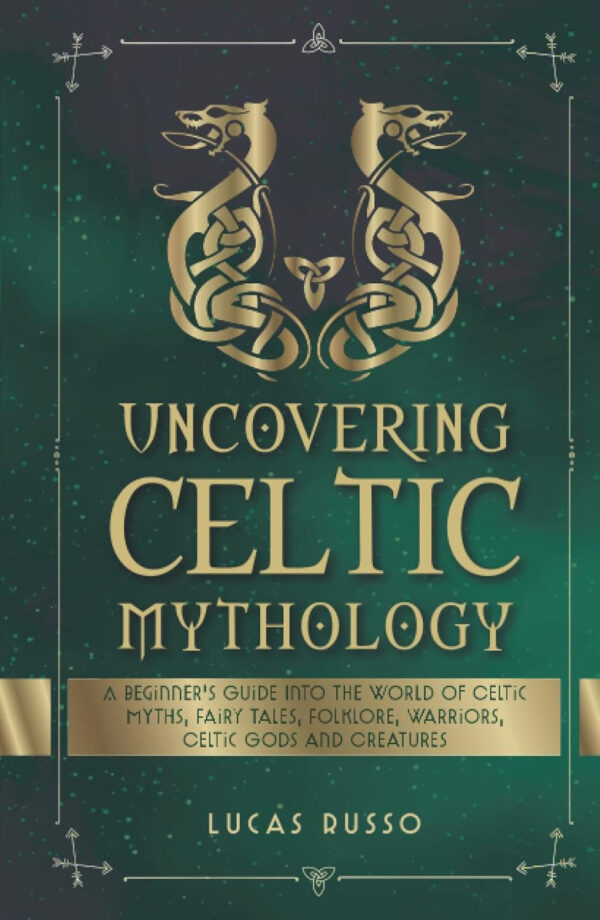
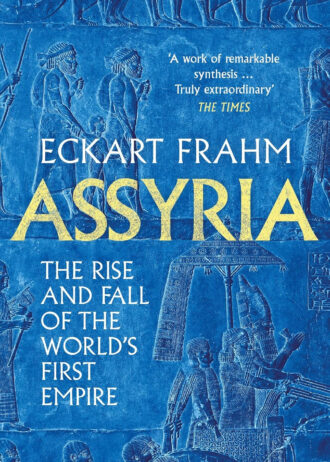
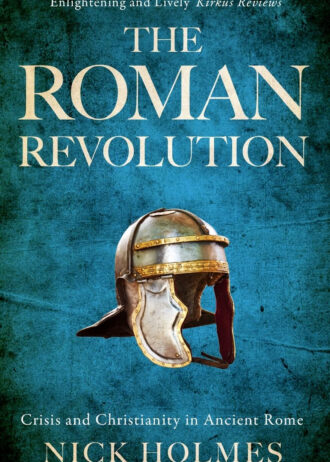
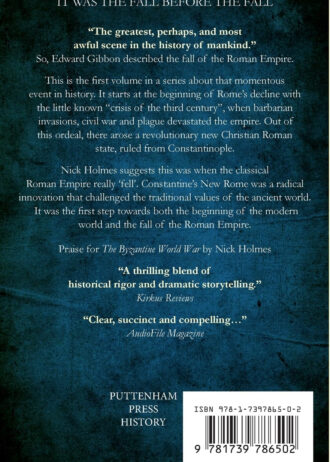
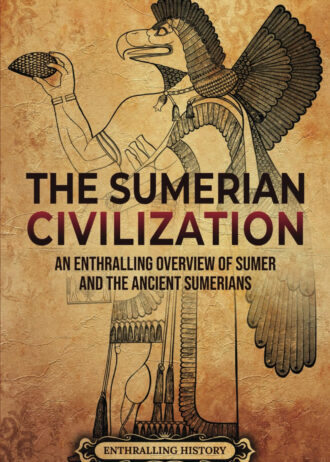
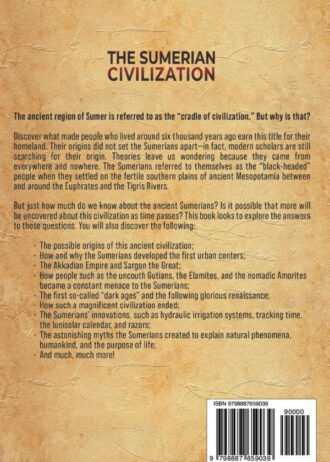
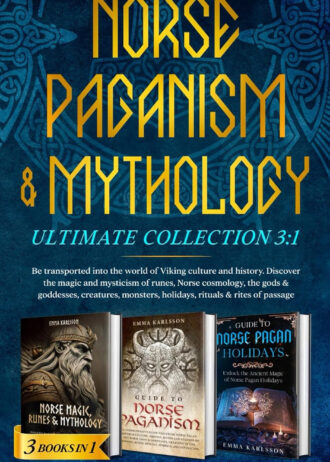
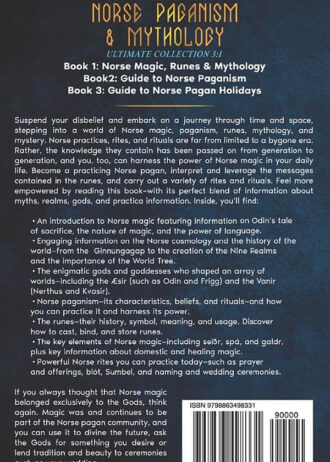
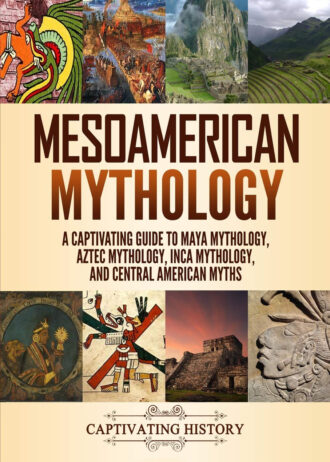
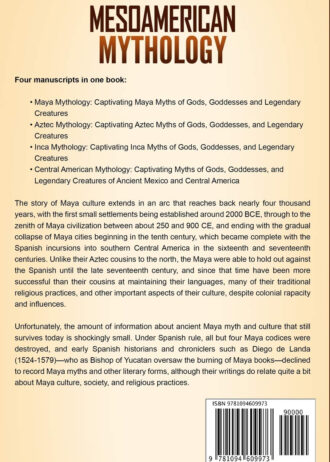
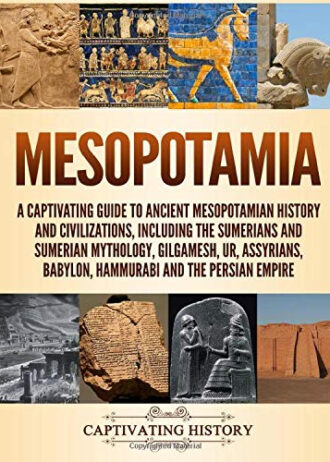
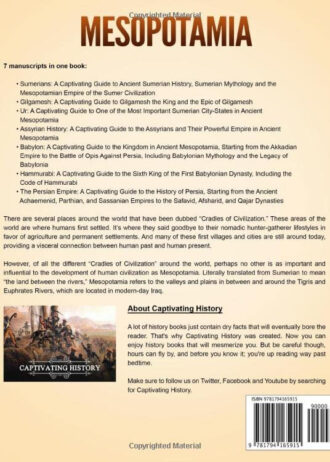
Iain –
Brought this book because i’m interested in Celtic Mythology & history.The Holy Bible is all about the Jews.& the book is how they should live.So i thought well gentiles like me should have ower own.
Obi KenObi –
I like it
Terry Boylan –
I really light easy read on the introduction to Celtic mythology, defo a book ill pass on toMy kids.
Unknown problem –
This is a good book for reading and very interesting, as a man of 50% Irish and 100 % celtic (historically my ancestry is uncertain) it was interesting to learn about the myths and legends of celtic origin and I was taken by surprise with some things (not realising the mermaid was celtic for one thing)I’d recommend it to those interested or even those who (like me) seek to expand their knowledge, also liked the reference section at the end ( enabling more research if needed).
K J Price –
Looks like it will be a good read.
Paul A. Broome –
Excellent Resource for Beginners
Russo lets you know in the title that this is an introductory course for beginners, that is to say folks who have an interest in Celtic mythology, but could use a broad sweep introduction. I think Russo succeeds wonderfully in that task. He introduces the major gods and goddesses and then guides the reader quite well through various tales and stories.Given the fact that much of Celtic mythology has been lost due to its original format: orality and also due to invasion of other cultures and of course, Christianity which has a history of being intolerant to other belief systems. Ironically, as Russo points out, it was Christianity that inadvertently managed to salvage a good number of myths by writing them down in an effort to thwart them. At any rate, one is given a good starting point to begin a study of Celtic myth. One strong point that I would like to mention is the author’s cross-referencing. It is well done and well balanced study. Five stars!
Mau soto –
Amazing book
This is the third book i buy from Russo and i cant get enough of his work. I really enjoy his style of writing, easy to comprehend but not vague or simple. I never knew i would enjoy reading about Celtic mythology as much as I did with this book, definitely a new mythology i am diving in to!
Sean Dollwet –
Solid overview
This is a broad summary of Celtic Mythology and its various aspects. It contains a wealth of knowledge on the ancient Celts, their gods, sagas, language, wars, and beliefs—a lovely read with a concise, easy-to-understand overview of early Celtic mythology. I enjoy learning about ancient religions, yet material about the Celtic religion is difficult to come by. This is a decent option if you want a short overview of the material. It will most likely take multiple reads to understand what this book has to say completely.
Arthur Leathers –
Celtic Mythology
Uncovering Celtic Mythology” is a treasure trove of ancient wisdom and storytelling, offering readers a captivating glimpse into the timeless world of Celtic folklore.
Rebecca R –
easily read
A good collection of Celtic myths, with their collection of heroes, gods and magical items. Interesting tales and information here.